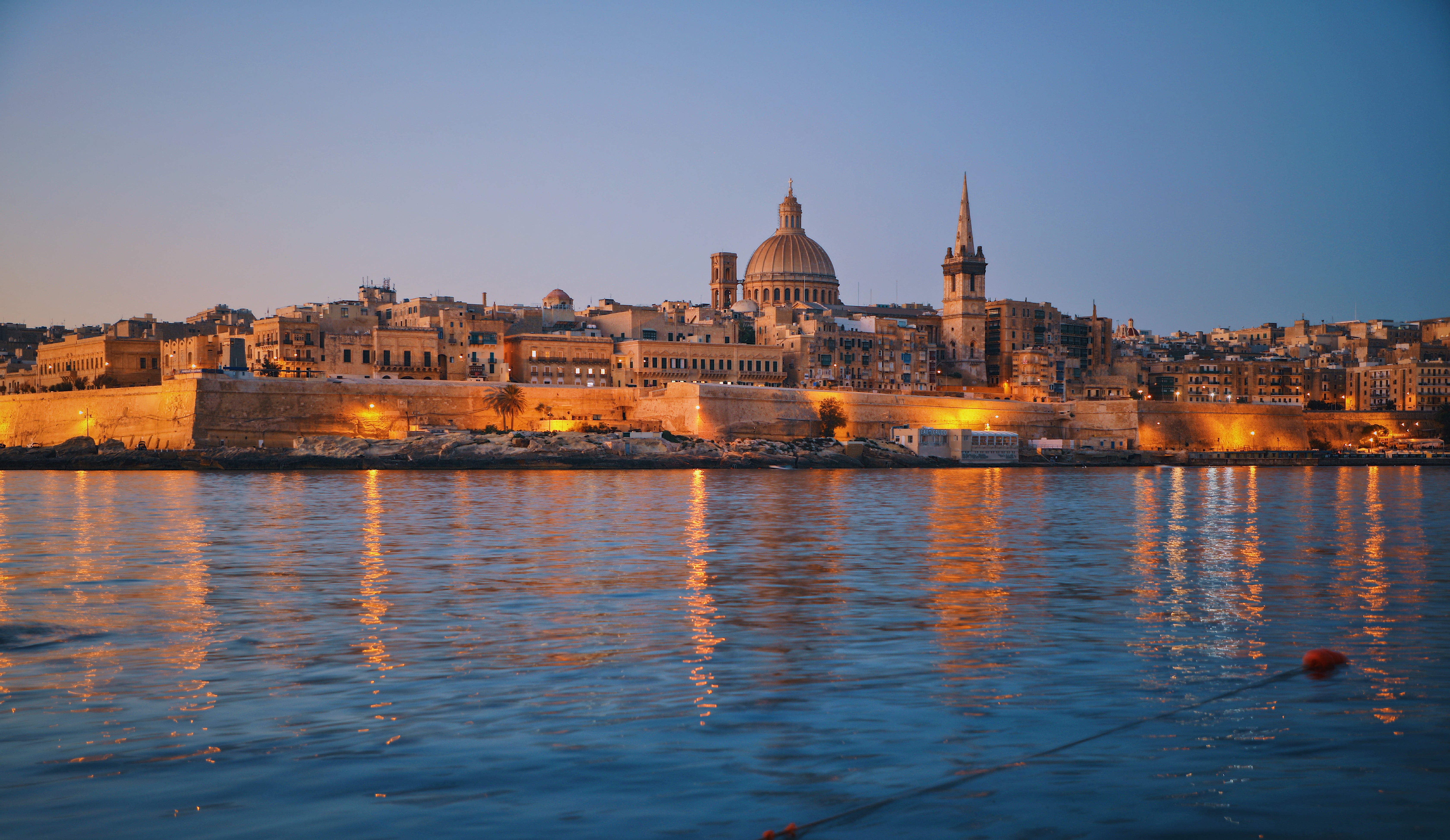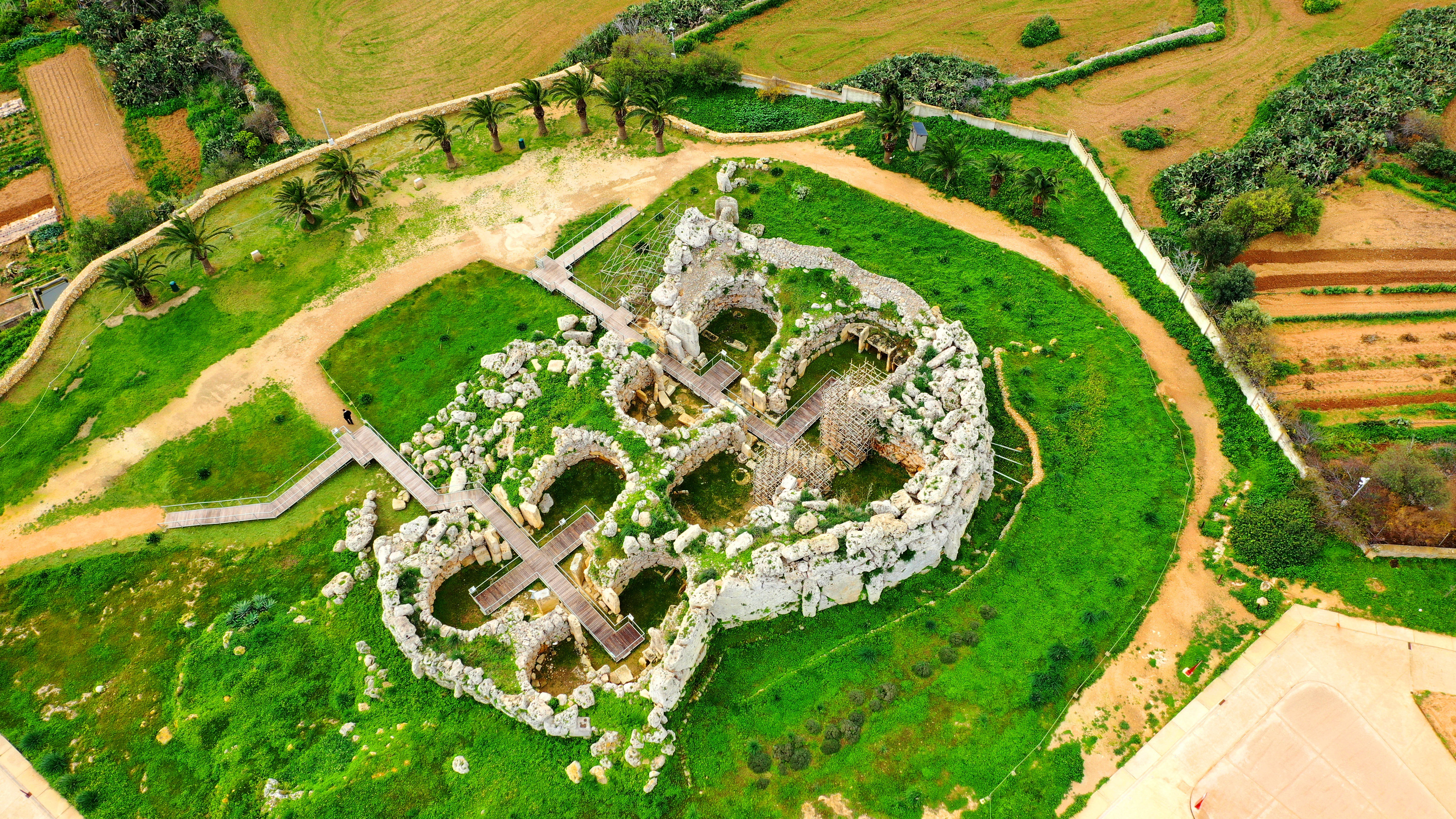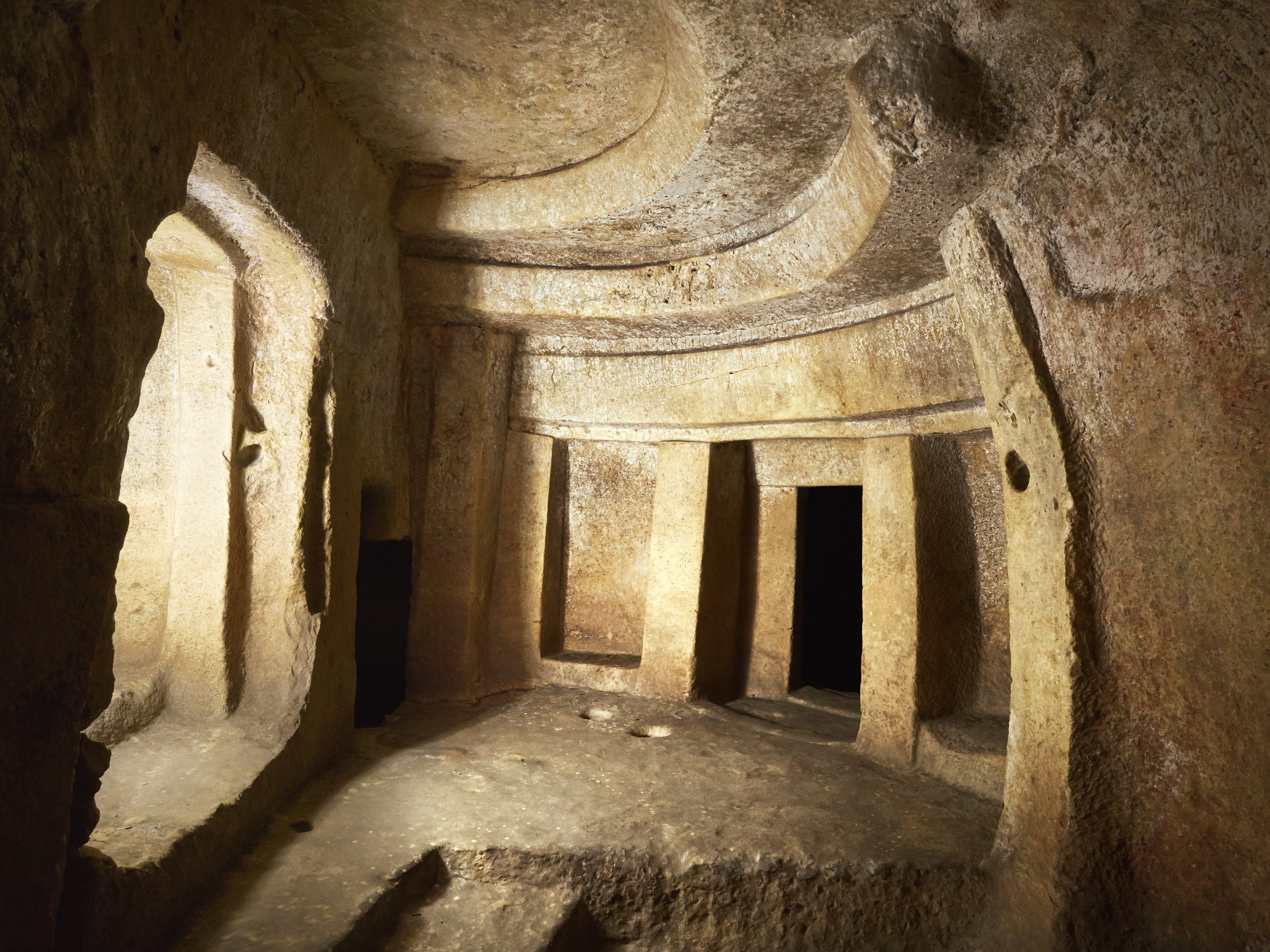Malta time travel: explore the fascinating heritage of this sun-drenched archipelago
Megalithic Temples and 16th-century, UNESCO-listed walled cities await heritage loving visitors in the sunny islands of Malta . But where do you start?

From the ancient megalithic temples, which predate the pyramids of Egypt and Stonehenge in England, to the sandy-coloured mediaeval cities and grand fortresses, Malta’s modern heritage is a testament to its rich past. As well as enjoying 300 days of sunshine a year, Malta is abundant with historical sites such as the Ħal Saflieni Hypogeum and the quaint old town of Mdina. Beyond these, the country offers delicious food, fascinating museums, and a storied past that spans thousands of years, making it a must-visit country for any history lover.
The City of Valletta

Malta’s historic capital, Valletta, founded in the 16th Century by the Knights of St John, has remained pretty under the radar despite being awarded European Capital of Culture in 2018. This stunning UNESCO-listed walled city is remarkably preserved, with rows of intact honey-hued houses, splendid monuments, numerous grand palaces, and age-old bastions, not to mention the incredible culinary scene and views of the Med at the end of every street. It really is Europe’s lesser-known culture capital.
The city is a cultural mosaic of historical landmarks, with 320 to explore in Valletta alone – the highest density of historic sights of any city. Soak up the views of the Grand Harbour and Three Cities from the palm-dotted Barrakka Gardens; these three ancient cities have been kept alive over hundreds of years of preservation. Get to grips with the early history of the Maltese Islands at The Museum of Archaeology or soak up the Caravaggio in St John’s Co-cathedral.
You can stroll from one end of the city to the other in about half an hour, stopping by ancient sites and picking up Pastizzi before taking in the city sites from the water in a traditional Maltese boat.
The Megalithic Temples

The Maltese Islands are scattered with countless temples and archaeological sites, including the incredible Megalithic Temples. These temples date back to the late Neolithic period (between 3250 BCE and 3000 BCE), with six classified as UNESCO sites and open for visitors to explore. Each one tells some of Malta’s most exciting stories and offers a glimpse into its prehistoric days. The structures would be impressive if built today, but remembering they were built more than 5,000 years ago is sure to leave you speechless when you see them for real.
The Ħal Saflieni Hypogeum

The Ħal Saflieni Hypogeum is another of Malta’s many incredible archaeological sites and is considered one of the most extraordinary underground structures from the Neolithic period. This UNESCO World Heritage Site required advanced engineering skills back around 3300 BCE when it was said to be built, once again proving especially impressive given the limited tools available at the time. Some say it’s a prehistoric burial site, but the exact purpose of the Hypogeum remains a mystery, with others claiming it was a temple or a place for ceremonies.
Excavations at the Hypogeum have uncovered the remains of over 7,000 people, with each one piecing together a little sliver of Malta’s history as well as offering insight into the burial traditions and beliefs of Malta’s ancient inhabitants. The walls are also still etched with red ochre paintings, making them some of the country’s best-preserved examples of prehistoric art.
Preservation is key at this marvellous historic site, and for that reason, access is limited, with only a set number of people able to visit each day. But if you’re into history, make sure you plan your trip to Malta in advance, as nothing beats seeing this 5,300-year-old site with your own eyes.
Book a flight to Malta and embark on your own historical adventure. One-Way trips start from London Gatwick at £74* or Return Flights from London Gatwick starting from £112*
*Economy Basic; including Taxes & Charges
